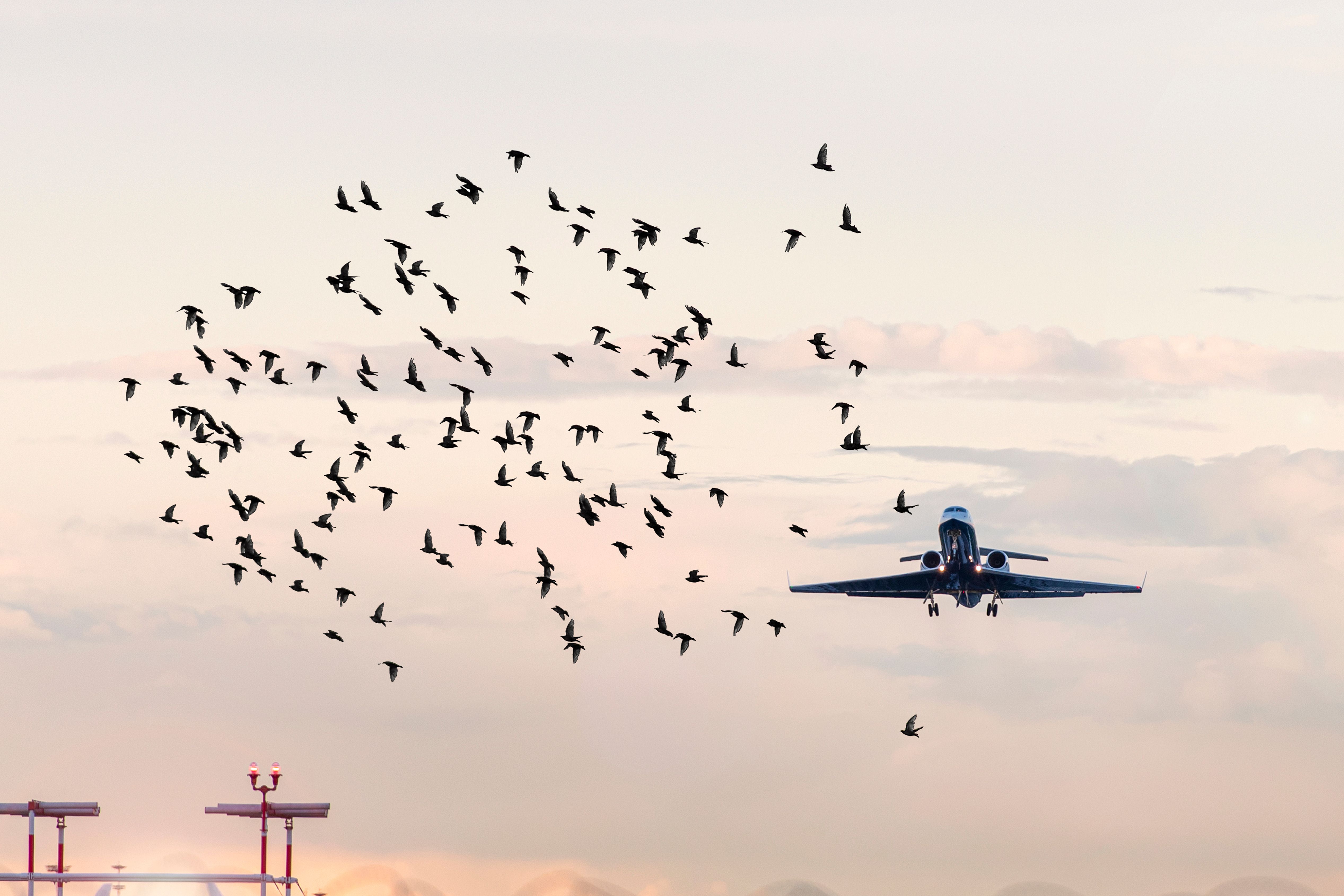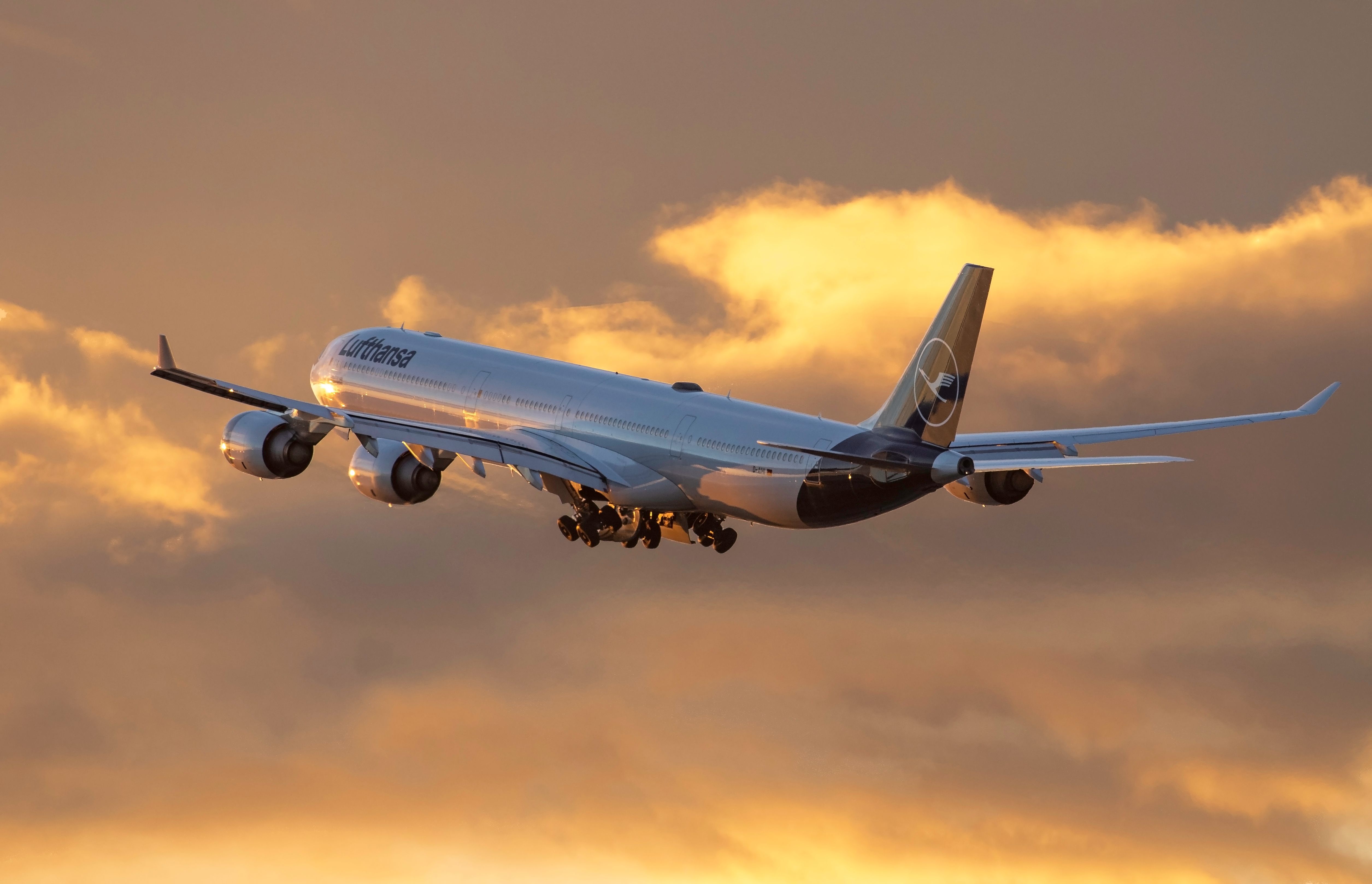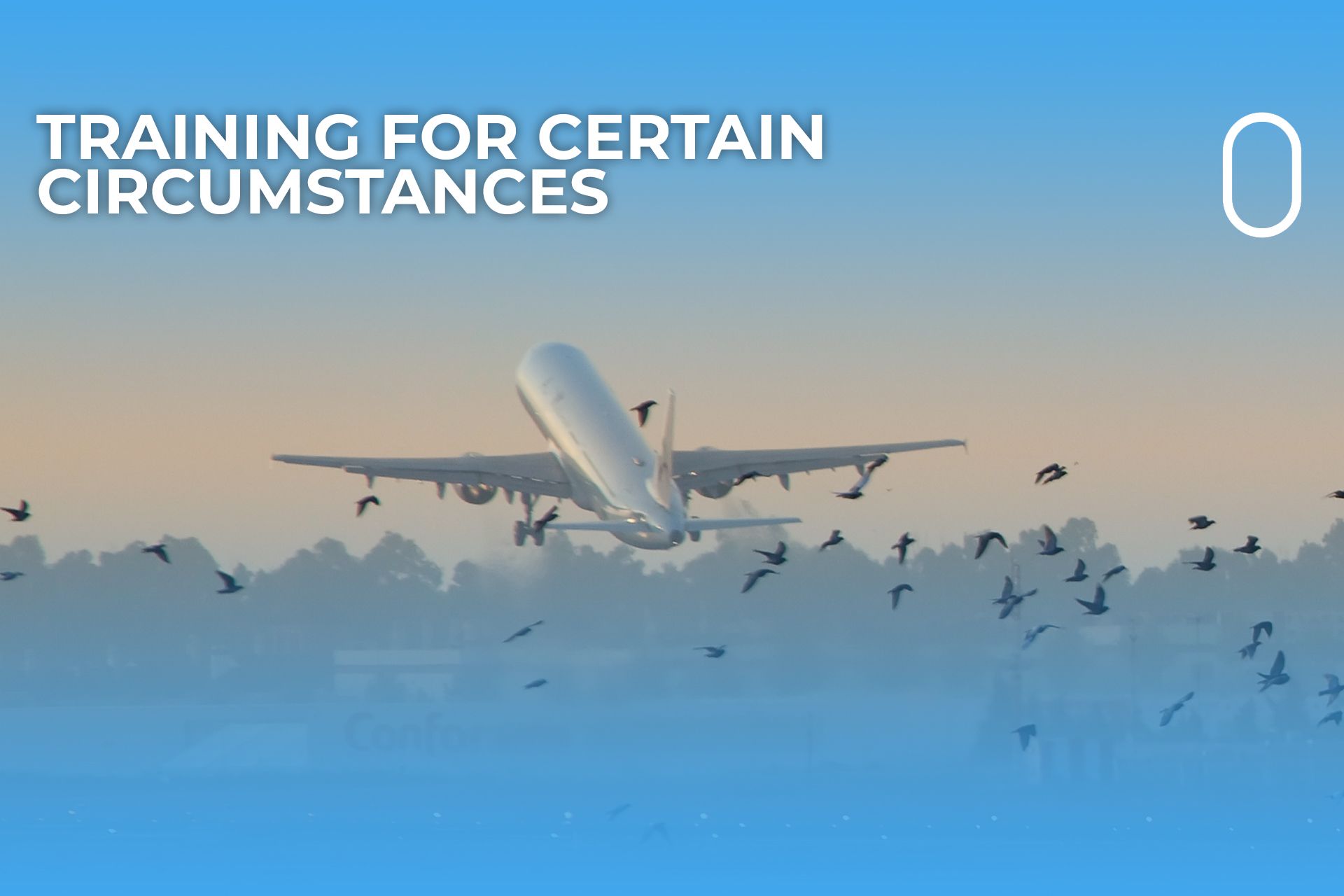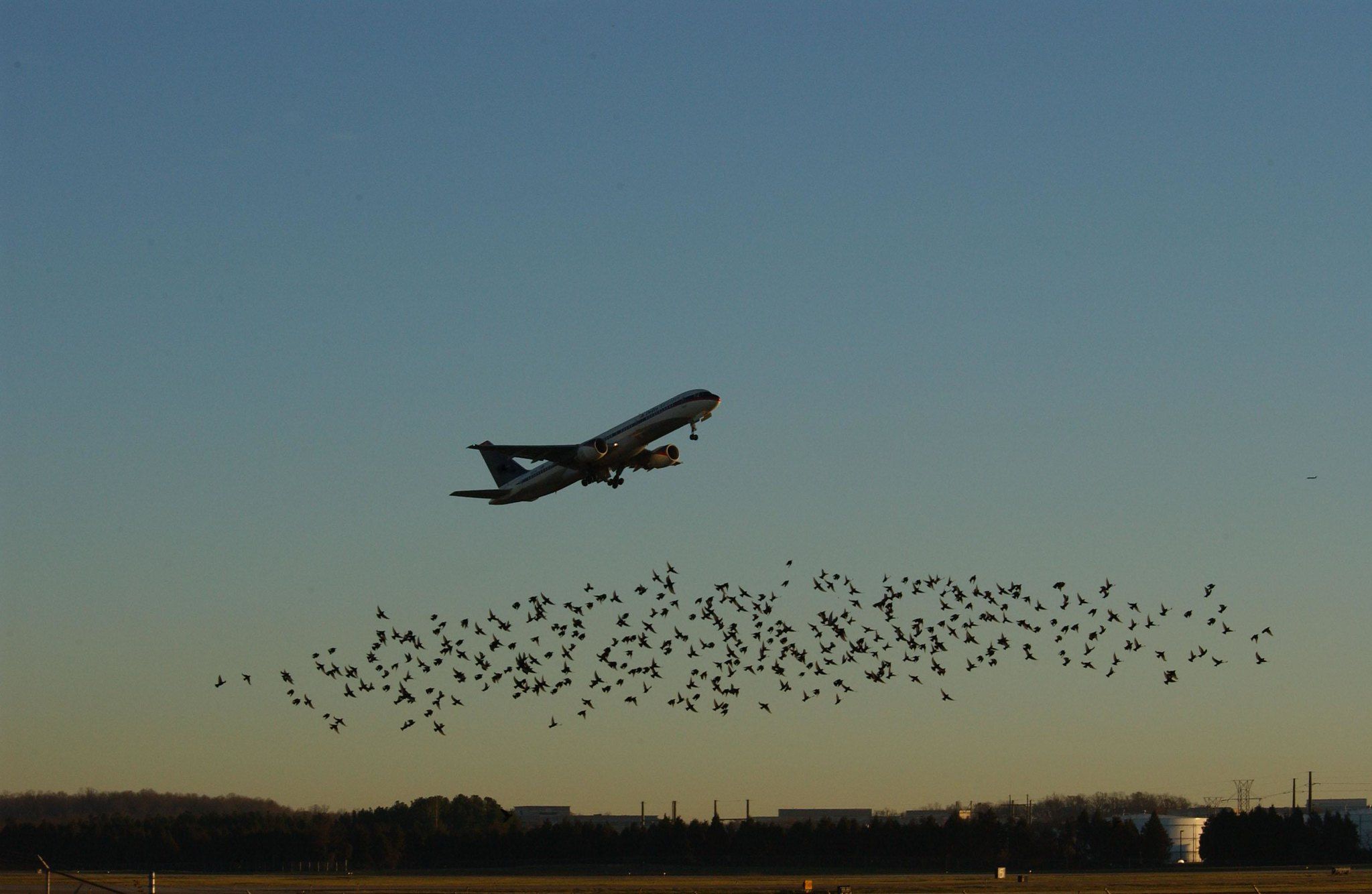Summary
- Pilots face critical decisions after bird strikes to ensure safe flight operations.
- Bird strikes cause significant damage and can result in costly repairs and downtime for airlines.
- Airlines track bird strikes to improve safety and implement measures to prevent future incidents.
Bird strikes are common in aviation, particularly around airports in densely populated areas. Bird strikes can severely damage aircraft and cause a catastrophic event onboard. Irrespective of the bird strike, the pilot must prevent the incident to the best of their ability.
Unfortunately, bird strikes are surprisingly common in general and commercial aviation. How pilots respond to bird strikes depends on where the bird impacted the plane, how much damage was caused, and what the airline dictates their pilots should do. Let’s talk about what pilots do after bird strikes.
Usually not an emergency
Two different scenarios can present themselves to a pilot:
- An aircraft is hit by birds while on final approach to land. Pilots must decide whether to continue the approach or initiate a go-around or missed approach. What could be the damage to the aircraft, and what effect will this have on the safe conduct of the flight?.
- A pilot sees a flock of birds ahead on final approach. Should the pilots continue the approach or initiate a go-around/missed approach? If a go-around is initiated, how likely is it that the aircraft will avoid a bird strike?.
Impacting a bird can occasionally cause a severe issue, but no emergency is declared in most bird strike events. However, strikes that cause performance degradation or handling differences are considered emergencies.
Examples include an engine failure, a radome structural failure, or hydraulic line failures (on the gear while extended or in transit). Pilots perform the associated non-normal or emergency checklist for each of these events. Many airlines don’t have “bird strike checklists” because a bird strike isn’t the central dilemma—the ensuing system failure is.
Pilots must decide whether to keep flying or land after a suspected bird strike. Pilots often aren’t sure whether they have hit a bird. They might see a bird (or birds) fly near the aircraft, but it’s sometimes impossible to tell if the birds collide with any part of the plane. Pilots closely monitor the hydraulics, electrics, pneumatics, and flight controls if a bird strike is suspected of an abnormal indication that would confirm a strike.
Bird strikes might even go unnoticed by crew until after landing. During a post-flight walk-around inspection, pilots sometimes only discover a bird strike event after finding feathers or other evidence.

Related
Here’s What Happens During A Bird Strike
A closer look at what happens when a collision occurs between an aircraft and an airborne creature.
After the strike
- Nearly 15,000 bird strikes occur each year in the United States
- In 2021, bird strikes cost US airlines $328 million and 140,000 hours of downtime
- Over 15,000 bird strike reports were filed in 2022
- The mourning dove causes minimal damage
- Ducks and geese account for 5% of strike events and are responsible for 28% of aircraft damage events
Every airline has reporting criteria for pilots after a bird strike. Every US airline pilot is required to fill out FAA Form 5200-7 after a bird strike. This report has been added to the Wildlife Strike Database, an up-to-date tracking platform that is used to determine the frequency and location of bird strikes in US airspace. The database shows that over 15,000 bird strikes occur in the US each year. An additional 4,600 more were reported by US pilots at foreign airports.
Multiple measures are in place to prevent bird strikes in the interest of safety and wildlife conservation. Likewise, new technology is constantly being researched and implemented. Around the world, airports deploy crews to disperse birds using sounds such as sirens and cacophonous devices. Migratory detection and prevention research is ongoing at airports with the highest number of bird strikes. Engineers and manufacturers are also testing aircraft lighting schemes, which would result in bird avoidance.

Related
Lufthansa Airbus A340 Returns To Boston Following Bird Strike
As the aircraft was ascending over 10,000 ft in the air, the pilot reported a bird strike with high vibrations in one of the Airbus A340’s engines.
Airlines, scientists, and regulators alike are highly invested in reducing the number of bird strikes. Pilots are trained to handle a resulting failure should a bird strike cause a malfunction. Ultimately, hitting birds is unavoidable. Hopefully, developments in bird dispersal technologies and detection will result in fewer bird strike events in the very near future.
What are your thoughts on how pilots avoid or address bird strikes during flight? Share your views in the comments section.



.jpg)